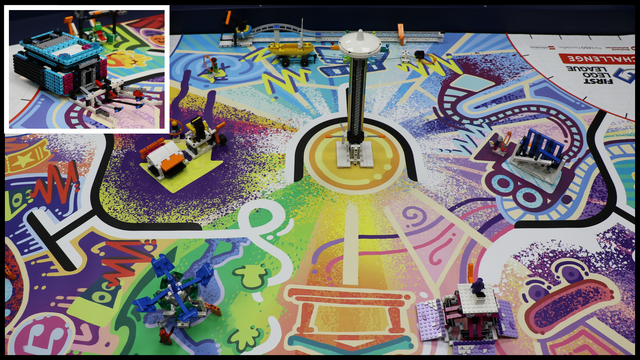

FLL 2023: Chain Monster accomplishing more than 92% of the missions (around 510 points) of the FIRST LEGO League 2023-2024 MASTERPIECE Challenge
In this video tutorial, we demonstrate a full run of all missions without pausing the recording. The competition is the FIRST LEGO League 2023-2024 MASTERPIECE Challenge, and the robot is the Chain Monster - a LEGO Education SPIKE Prime robot.
These kinds of runs are extremely useful for team preparation right before the competition, as they help team members improve their accuracy, speed, and self-control.
- #2365
- 02 Oct 2024

























